Learn 5 Eric Johnson chords that utilize his trademark ‘shell’ voicing for big ambient clean tones
Got a wicked clean tone but don't know what to play? Step right this way...

Eric Johnson is renowned for his immaculate tones and phrasing, ranging between roaring Marshall/Fuzz Face lead sounds and super-clean ambient chords. The latter is what we’ll be looking at here.
Before we get into the voicings themselves, it’s worth pointing out that, like Eric, I’ve used an (approx. 400ms) echo with a touch of modulation – it’s an integral part of the sound, rather than just an enhancement. You can also get a bit of movement in the echo with some subtle whammy bar, for a light chorusing and a bigger sense of space.
Some of these chords are what might be described as a ‘shell’ voicing, meaning that the chord is stripped to the bare minimum amount of notes to get the harmony across.
Counterintuitively, this can make for a bigger, more open sound compared with big block chords – especially when adding the echo we’ve already talked about. These are all played fingerstyle, though a hybrid of guitar pick and fingers is also possible.
1. Amaj7add6
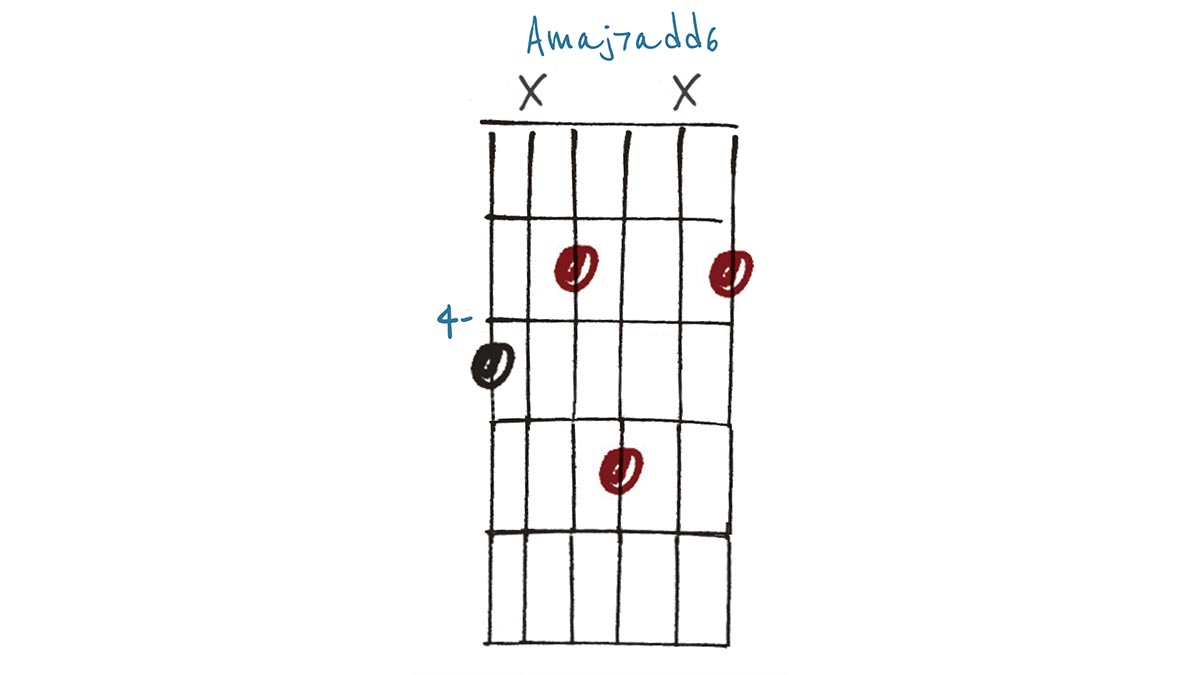
Perhaps the most concise way to name this chord is Amaj7add6. Both E strings are used, with the root on the bottom and the maj7th (G#) on top. The second and fifth strings are carefully muted, leaving the 6th and major 3rd on the D and G strings respectively.
2. B7sus4
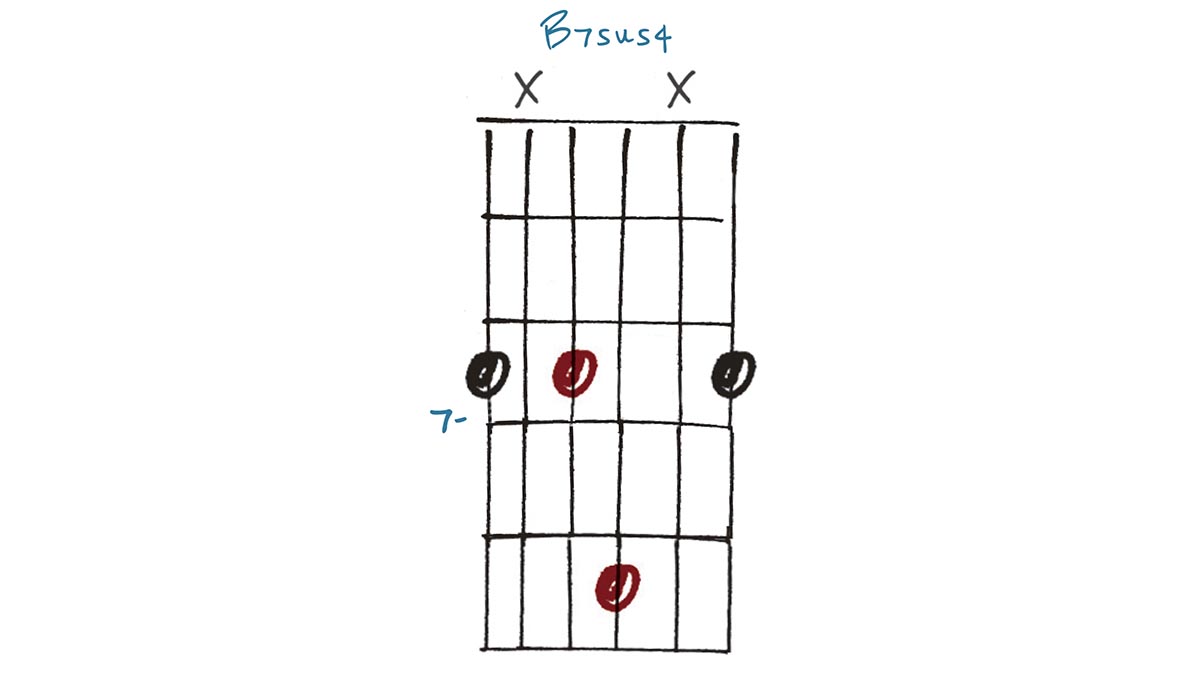
Using exactly the same string grouping as Example 1 for the picking hand, this B7sus4 omits the 5th (F#). Adding this back in really highlights the difference the ‘shell’ approach can make, giving more ambiguity and interest.
As with Example 1, the fifth and second strings are muted/not played. This takes a while to master but is easier than it first seems.
3. E
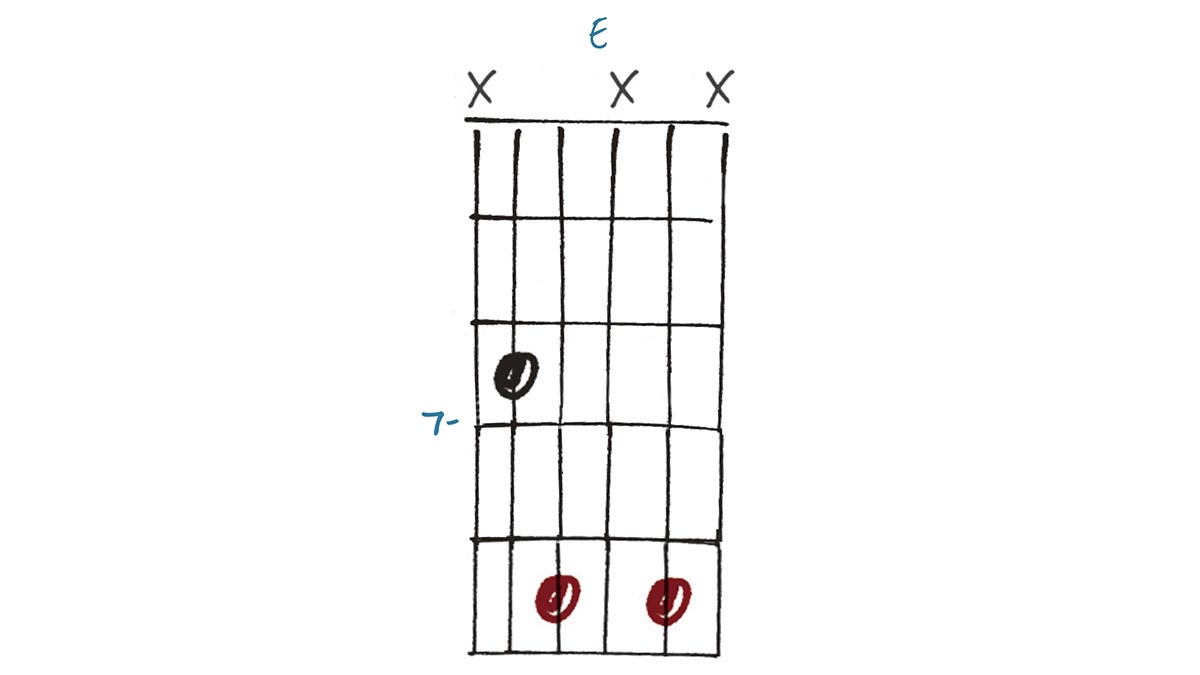
In context with the other chords, this can sound similarly exotic, but is in fact a plain old E major using the minimalist shell approach described above. Both E strings are carefully muted and the G string avoided at all costs! For a minor version, simply play a G natural on the B string instead of the G#.
4. C#min11
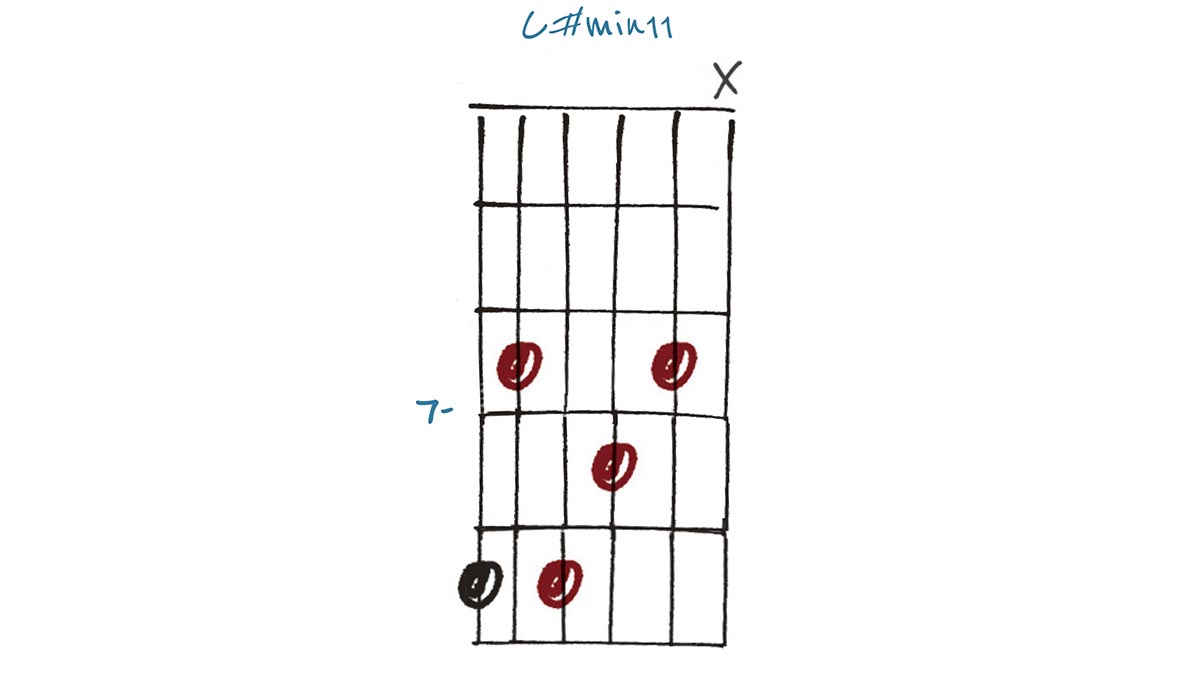
This C#min11 could be played using all six strings, but we don’t really need the extra root note and it sounds nice with the F# on top. Having no muted or skipped strings makes it easier to glide across with a pick or thumb stroke, depending on the tone you want to achieve.
5. A6
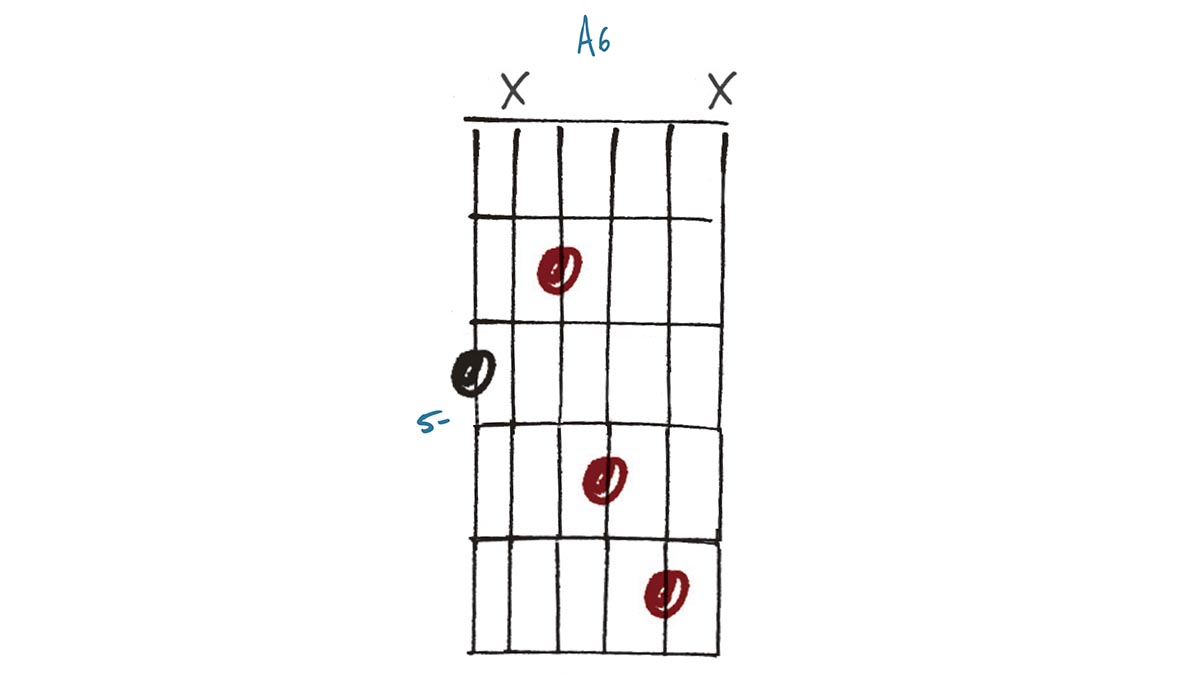
Theoretically speaking, this is a simple A6 chord, though the missing 5th (E) and the doubled 6th (F#) plus the echo give this a much more spacious feel. We’re avoiding the fifth and first strings, so like all these examples it can be played in any position of the fretboard.
Get The Pick Newsletter
All the latest guitar news, interviews, lessons, reviews, deals and more, direct to your inbox!
As well as a longtime contributor to Guitarist and Guitar Techniques, Richard is Tony Hadley’s longstanding guitarist, and has worked with everyone from Roger Daltrey to Ronan Keating.










![Joe Bonamassa [left] wears a deep blue suit and polka-dotted shirt and plays his green refin Strat; the late Irish blues legend Rory Gallagher [right] screams and inflicts some punishment on his heavily worn number one Stratocaster.](https://cdn.mos.cms.futurecdn.net/cw28h7UBcTVfTLs7p7eiLe.jpg)
